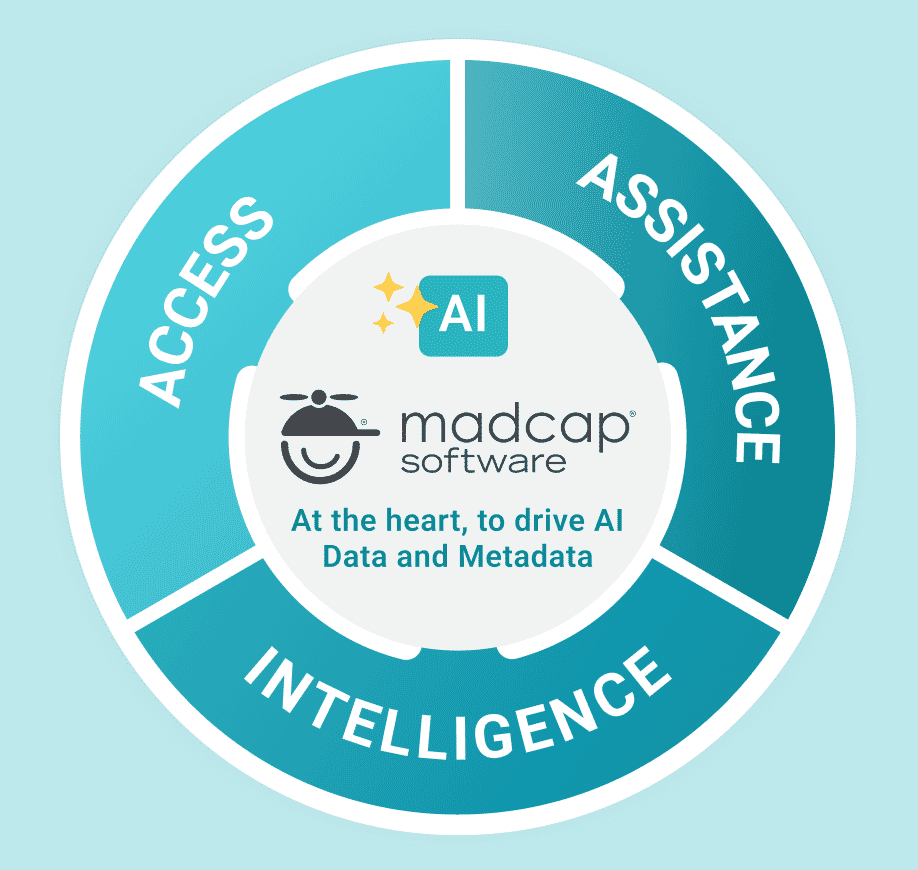Proper planning and an understanding of how website translation can be accomplished will save you time, money and ensure your international goals are met.
When translation localization services are taken into account in the design and authoring phase, the translation process will run much smoother than if translation is considered only after the source language site is finished. This post will cover a few different ways to set up a website translation project.
Website Translation Tips Worth Considering:
- Set up a time for testing prior to publishing a translated website
- Ensure website accessibility and that there are no barriers preventing interaction with or access to your website
- This includes people with physical disabilities, situational disabilities, and socio-economic restrictions on bandwidth or speed
- ISO/IEC 40500:2012 (W3C) ISO is the standard guideline for accessibility
- Offer users an intuitive web design by embedding multimedia throughout your site
- Choose wisely what will be included on the translated websites
- Avoid flattened images with text (text should be stored in a text layer)
- Keep in mind that the interpretation of images may differ between cultures/people of different social backgrounds or age
- Know your way around Html
- The majority of websites are written in hypertext markup language and this is used to add structure to content
- Know how links work and ensure links point to the correct version of the content after translation
- Create hypertext content, a complex text type especially created for the web offering users “bite-sized” reading experience to keep them engaged when reading
- Be aware of hidden text
- Some text on your site is not visible to the average user, but is still important, such as meta keywords for search engines or tooltips and alternative texts for accessibility
- Develop a plan to translate website updates
- Work closely with your translation provider to determine the most appropriate method for translating website updates
- Internationalize your website’s search engine optimization
- Work closely with your marketing agency and translation provider to make sure your SEO is adapted to the target audience
The more dynamic a website, the more dynamic the translation process may be. Since websites are subject to frequent changes, work closely with your translation provider to determine the best approach to translating and publishing the translated websites. Website translation is not a one-size-fits-all approach and there are several options available to translate website content.
API Integration
APIs (application programming interface) is used to connect content systems directly to a CAT tool. The client can choose to either send the translatable data to the translation agency or give them permission to pull the data from the client's server.
When using an API to exchange content between a website and translators, all functionalities and features of a CAT tool will be identifiable without having to manually export and import files. Translations are stored in a proper translation memory environment to maximize re-use and consistency. The translator is then able to work in their familiar translation tool and run all of the QA the CAT tool provides.
CMS Import/Export
CMS import and export is a more hands-on approach for the client. The client's web admin must export the translatable data and send it to the translation agency. Files are typically exported as XLIFF or XML files and then imported back into the CMS.
Just like API integrations, the translation can be completed within a professional CAT tool by the translator(s). Many CMS systems require extra plugins to enable the exporting and importing of content. One such example is the WPML plugin for Wordpress websites.
Proxy Solutions
Proxy solutions are web tools designed to facilitate the translation of websites. They analyze an entire website for text that needs to be translated without exporting website files. A translation proxy server is an intermediary system between the source language website and the translated websites. The proxy dynamically swaps translated text and acts as a layer on top of the source language site. The translated content is then served via a proxy server.
The benefit to proxy solutions is that it provides a hands-off approach and minimal workload for the website operator. Automation is also fairly simple to achieve with a proxy solution and regular checks can be scheduled to monitor new/changed content on the website.
Proxy solutions work best for websites that can be mirrored and don’t require layout or styling changes across the translated websites.
Translating Within a CMS
By granting the translation agency and the translators’ access to their own CMS, the client avoids implementing external tools. The translators will work directly within the client's CMS. The advantage this provides is that no additional tools are required for the website operator and the translators see all of the content in the context of the website.
The disadvantages are that translators need the right access to the CMS. Training may be required to train the translators on how to work in the CMS. Additionally, since the content is translated directly in the CMS, no CAT tool is used. This means that the translations can be more challenging to re-use. Because of the lack of re-use and lack of other CAT features, costs may increase dramatically.










